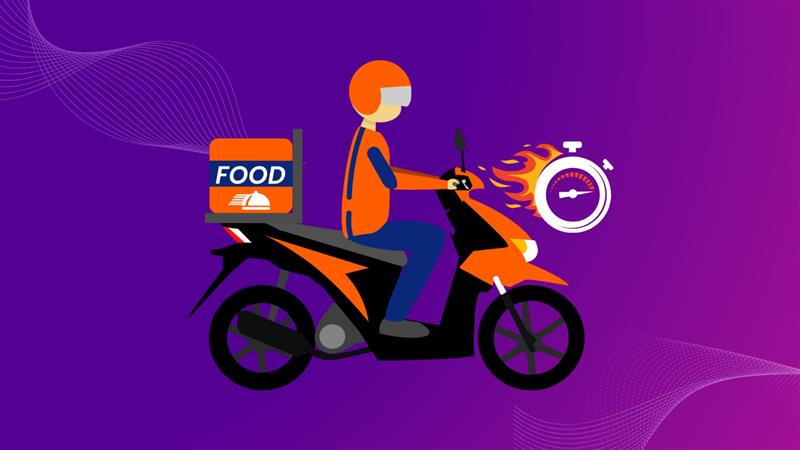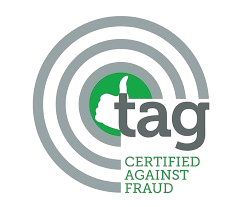Southeast Asia is a rapidly expanding market that is expected to generate a revenue of $38 billion by 2025 from its digital services. With the numbers involved, this growth will present lucrative opportunities for businesses to reach a vast audience through digital advertising channels.
However, it also draws perpetrators’ attention seeking to use vulnerabilities in online advertising for their benefit, and click fraud is one of them which has emerged as a menace for businesses and marketers.
Table of Contents
ToggleWhat is Click fraud?
Click fraud refers to the practice of artificially inflating the number of clicks on pay-per-click ads with the intent to generate revenue. This fraudulent tactic undermines the credibility of the digital marketing initiatives in addition it wastes advertising budgets.
Click fraud can take various forms
Such as click spamming, click injection, and automated clicks using bots.
SIVT (sophisticated Invalid traffic) pay-per-click spamming is the most popular technique for simulating performance. Here random clicks are fired to capture the organic sale.
For the app users click injection is the most frequently faced fraud, a malicious publisher (app) on the phone detects that the consumer is using the ‘XYZ APP’ and injects a click in the background. This click has been injected to capture the user’s presence on the app to manipulate the attribution. This shows the complexities and evolving nature of ad fraud.
The Rise of Digital Advertising in Southeast Asia
Over the past decades, digital advertising spending has increased dramatically throughout Southeast Asia. The rise of internet penetration rates in nations like Indonesia, Thailand, Vietnam, Malaysia, and the Philippines has accelerated the use of digital services.
Because of this, companies are making significant investments in PPC advertising and other digital marketing techniques to connect and interact with their target market audience.
Vulnerabilities to Click Fraud
However, concerns over click fraud and other online fraud issues are expected to restrain the market’s growth.
Click fraud exploit these vulnerabilities through various means such as Automated Bots, Competitor Clicks, and Misleading Publishers.
While Click farms are the simplest and most common way to execute click fraud. In some cases, publishers reward visitors or users in exchange for clicking on an ad.
Let’s understand this
To avoid being detected or discovered, sophisticated bot networks are designed to click on advertisements by imitating human behavior.
Companies or people may commit click fraud to drain rivals’ advertising budgets or boost their advertisement performance metrics. Some websites may engage in click fraud by displaying ads, especially on MFA (Made for Advertising) sites where the possibility of coming non-human traffic is even higher.
The impact of click fraud on the digital ad ecosystem in SEA
According to Statista, the entire cost of advertising fraud was projected to be close to $100 billion in 2025.
The Asia-Pacific region, which includes six SEA countries, was hit with losses amounting to $75 billion. This indicates that click fraud is a significant issue in the SEA digital ad ecosystem.
The repercussions of click fraud are profound:
Financial losses – Advertisers end up paying for clicks that do not result in genuine customer engagement or conversion.
Erosion of trust – Inaccurate performance metrics can lead to misguided strategic decisions and reduced confidence in digital advertising platforms.
Click integrity monitoring to Reduce Click Fraud
Identifying click fraud is the first line of defense. After identifying the sources, the defense can be done through click integrity monitoring.
Mitigating the negative effects of click farms on the advertising industry is not an easy task. However, solutions like mFilterIt a leading provider in click fraud protection software, offer Valid8, an AI ML-based tool designed to combat click fraud effectively.
Case highlight
For instance, take the case of global brands in the travel & tourism sector. Where client’s objective was to attract new customers via search and display ad campaigns. Acquiring traffic from various meta platforms to their website and conversions on flight bookings. Despite healthy spending, the conversion rate was low.

Fig. 1.0: Ad traffic validation with mFilterIt Valid8
To ensure cleaner traffic and improve the conversion rate, we started the blacklisting process. It showed good results within 3 months, and mFilterIt valid8 helped them significantly optimize their conversion rates. The conversion rate improved to 1.37x.
KPIs such as visit quality and conversion rate improved significantly (As shown in Fig.1.0)
A Proactive approach to build Trust Through Transparency
With real-time monitoring valid8 continuously monitors incoming clicks to detect the patterns indicative of click fraud. It analyzes the behavior and the legitimacy of user interactions with ads. IP addresses associated with fraudulent activities are blacklisted in real time, preventing further abuse.
Advertisers can configure specific rules that are customizable according to the unique requirements, enhancing the accuracy of fraud detection.
The way forward
For businesses operating in Southeast Asia, click fraud can have serious repercussions in the form of distorted performance metrics such as click-through rates (CTR) and further conversion rates, making it problematic with reduced ROI for brands. And damage the brand’s credibility and reputation.
But by adopting proactive strategies, and solutions like mFilterIt who believe in fostering transparency brands as well as businesses can navigate through it.
Get in touch to learn more about Click fraud in the Digital Ecosystem of Southeast Asia









